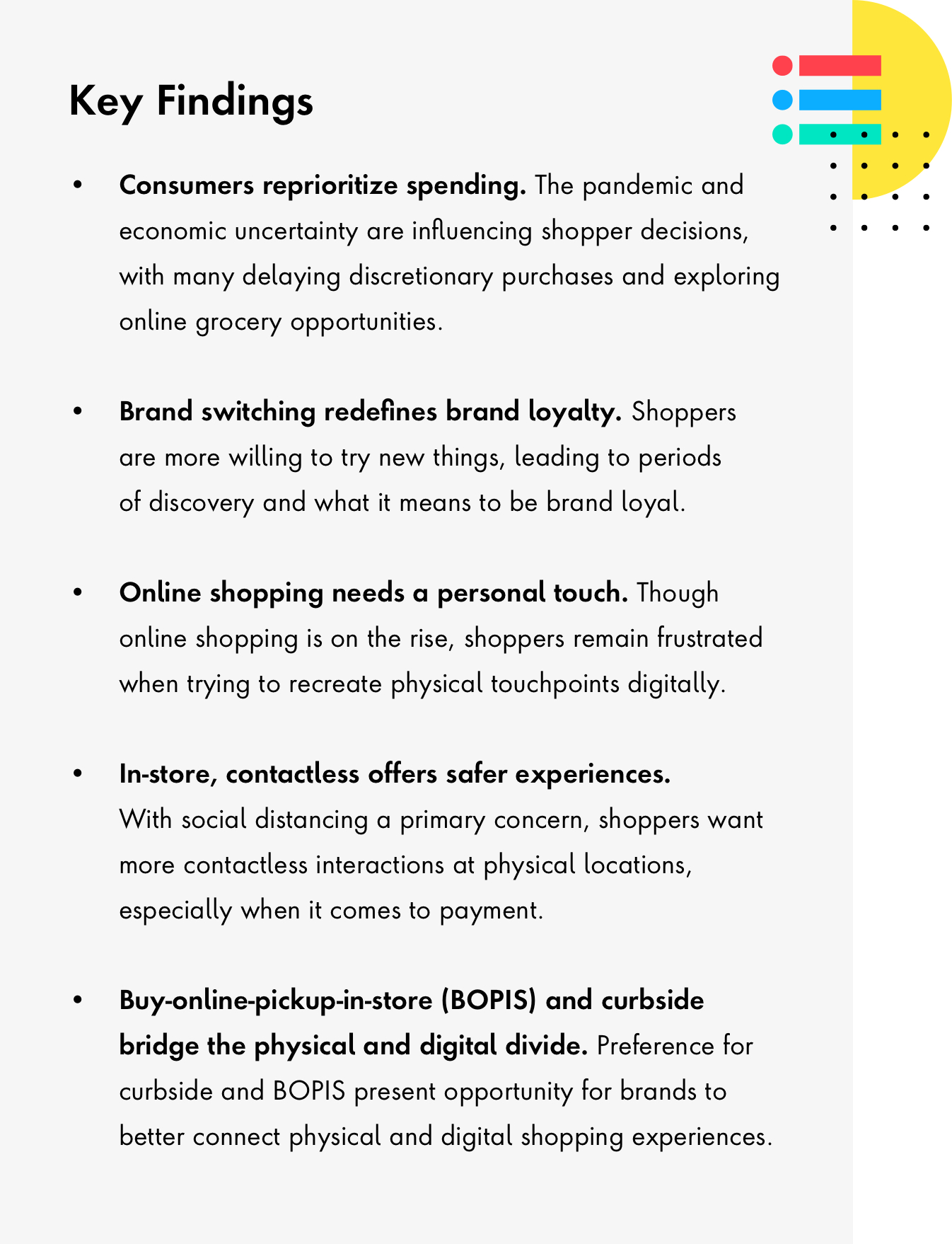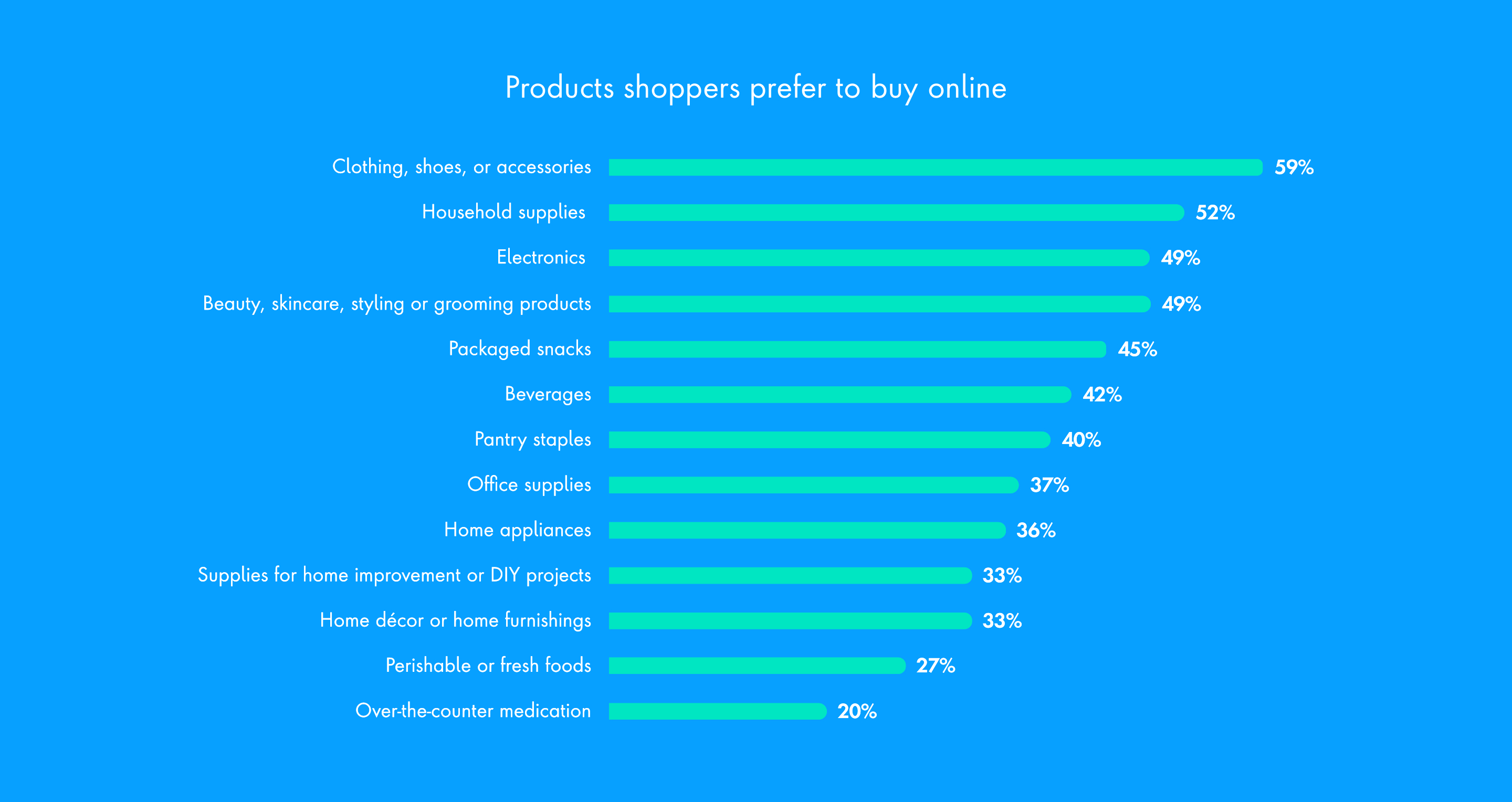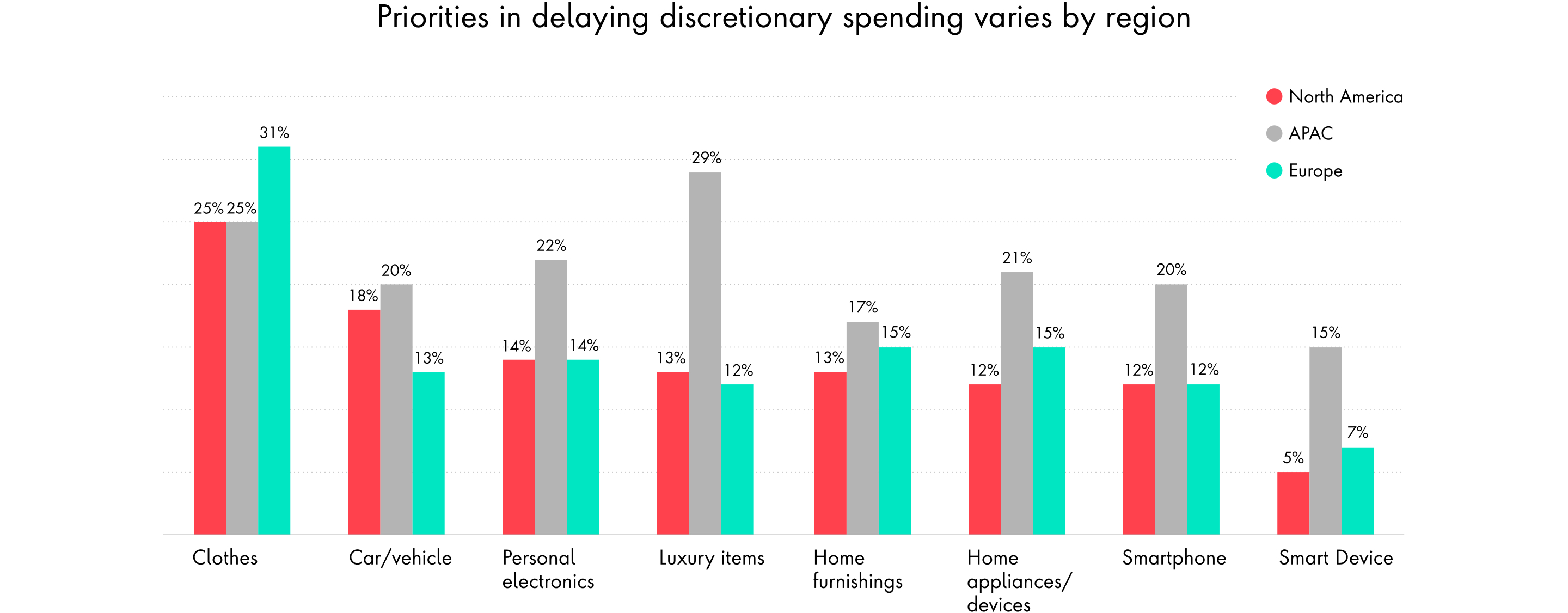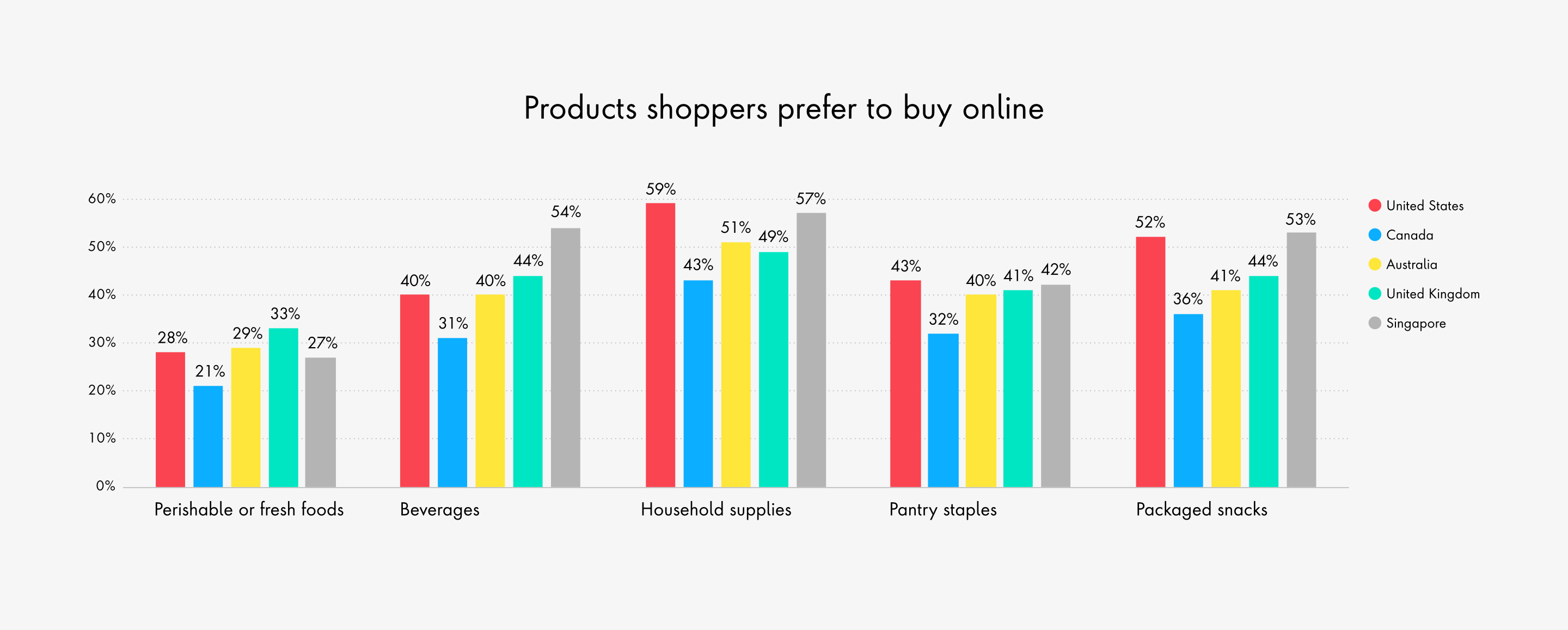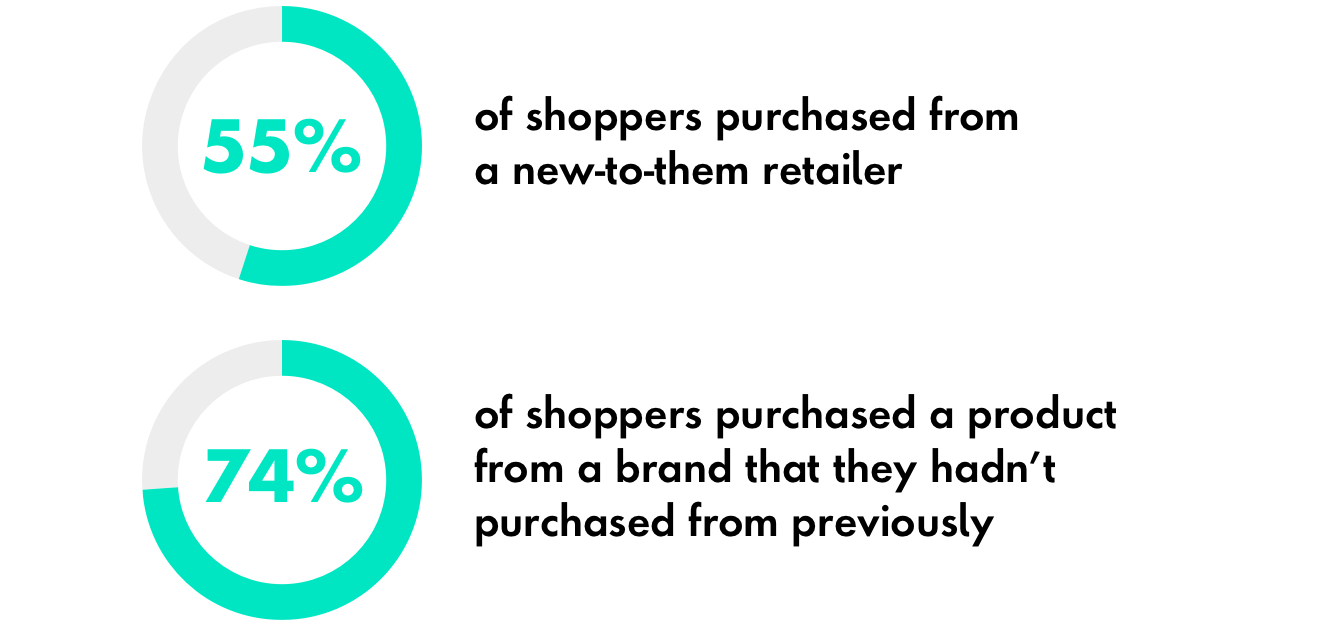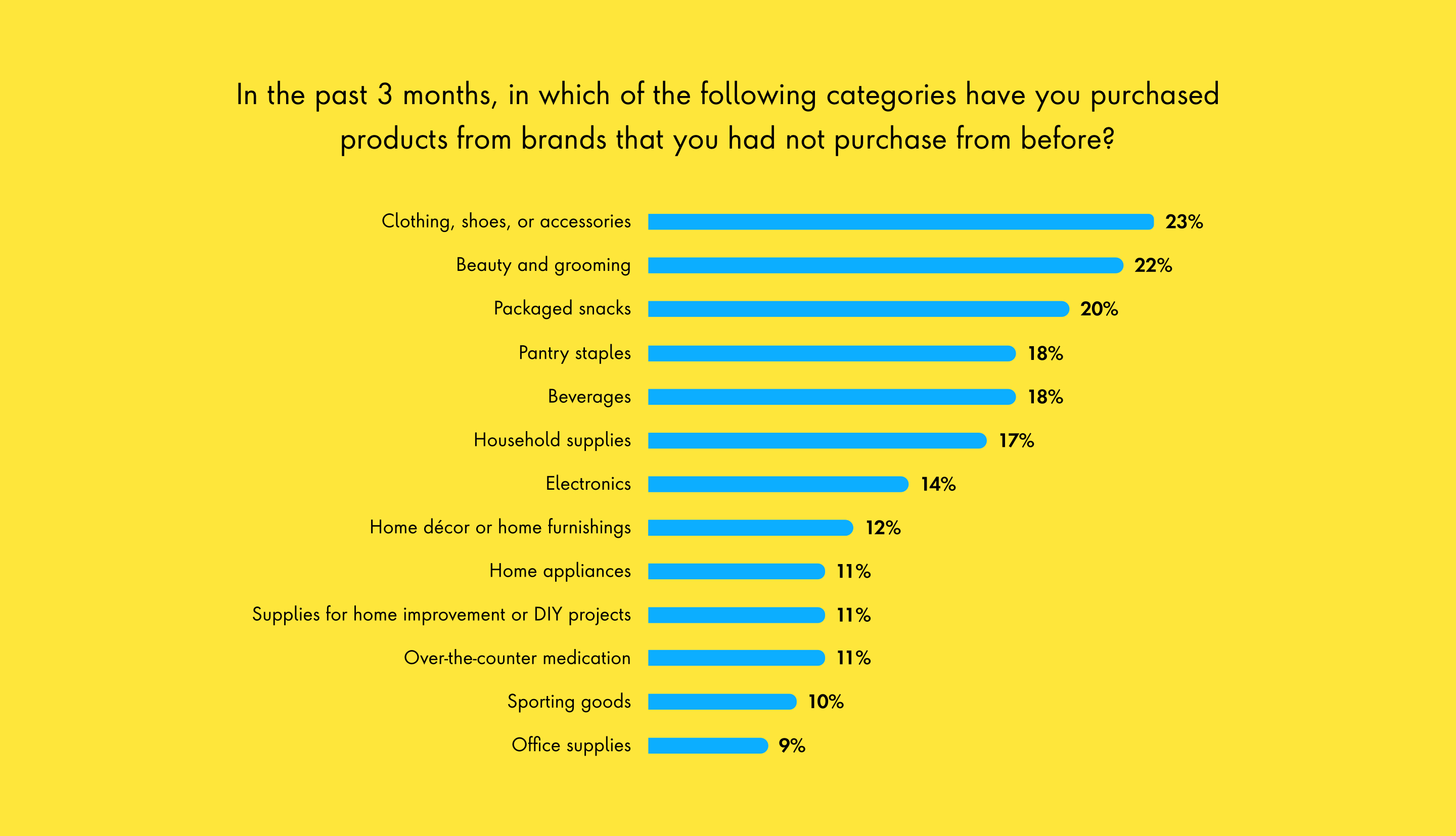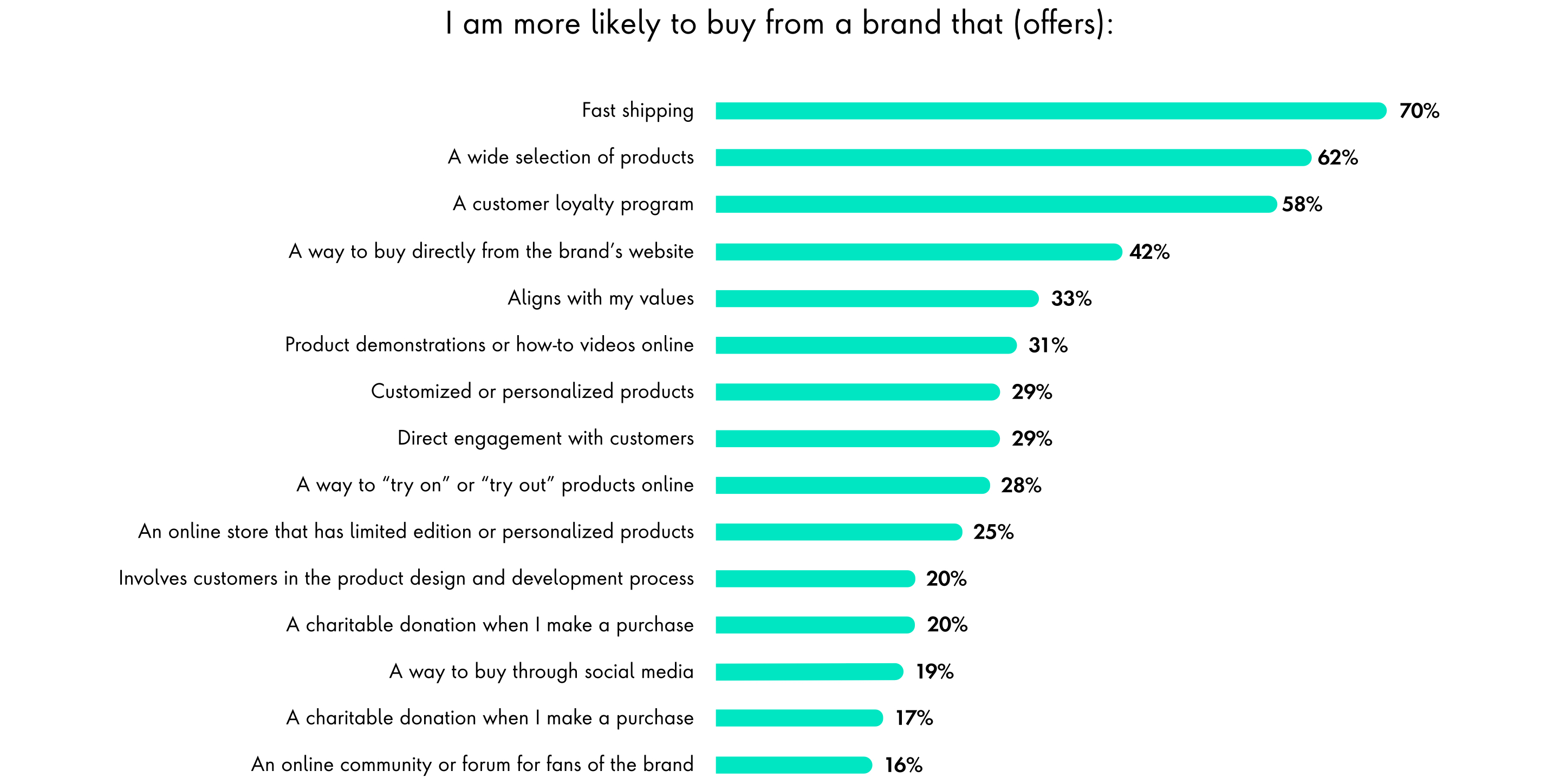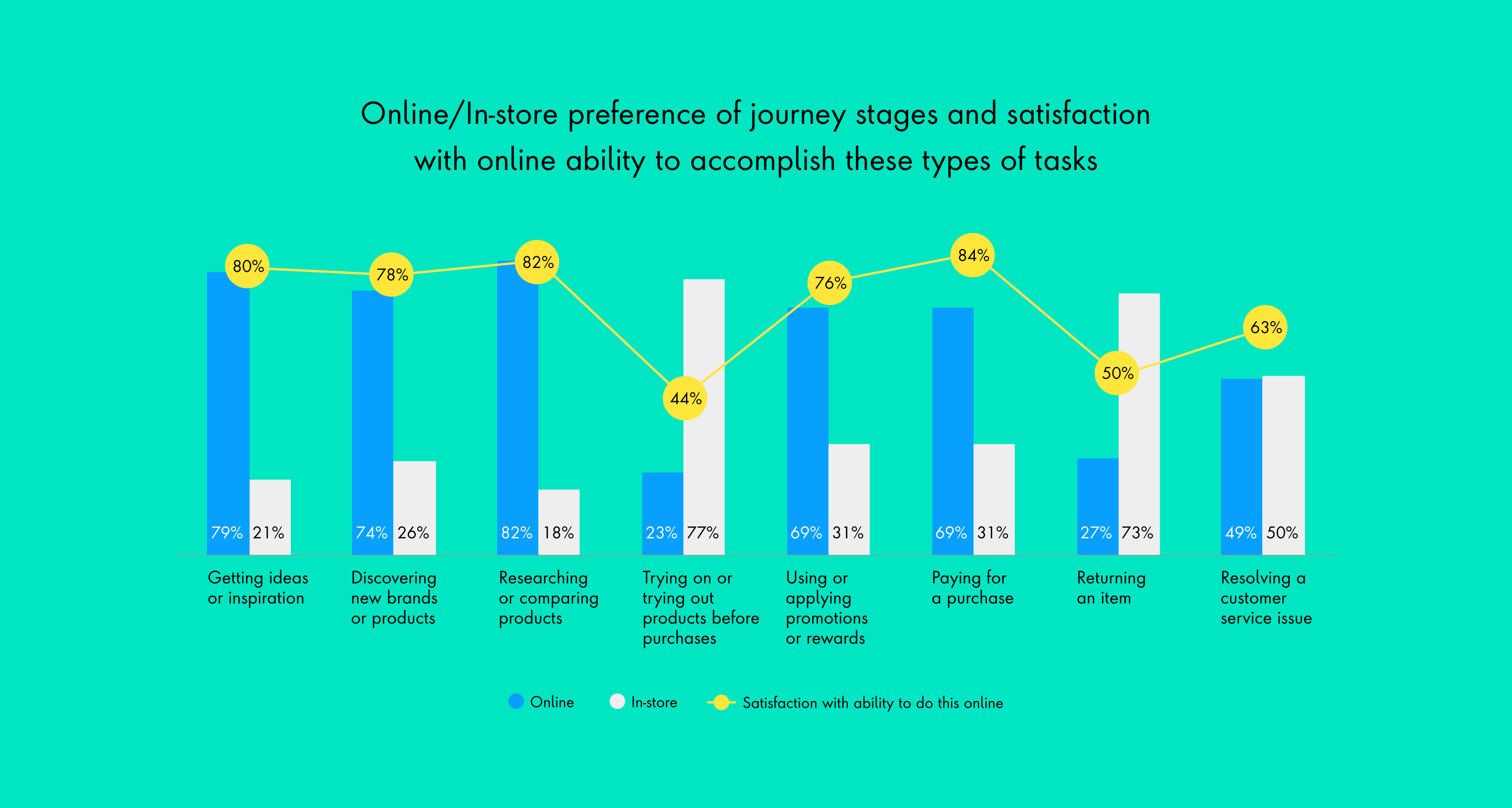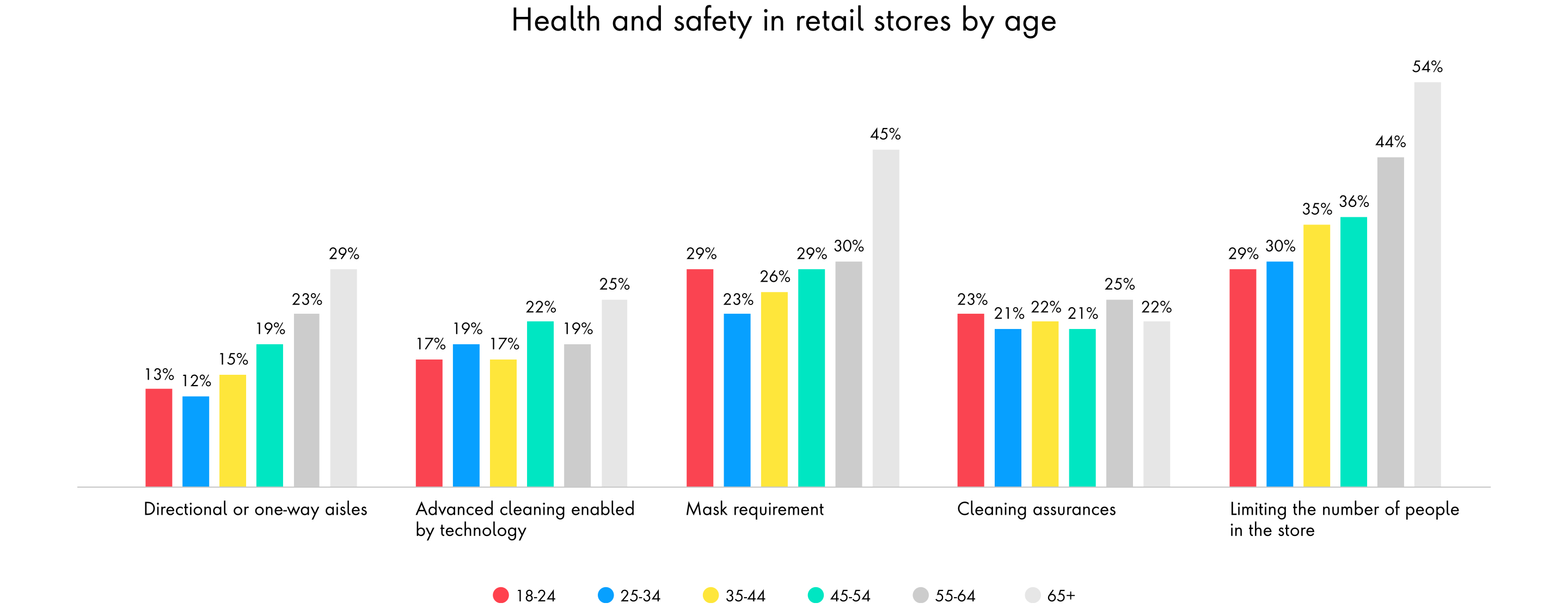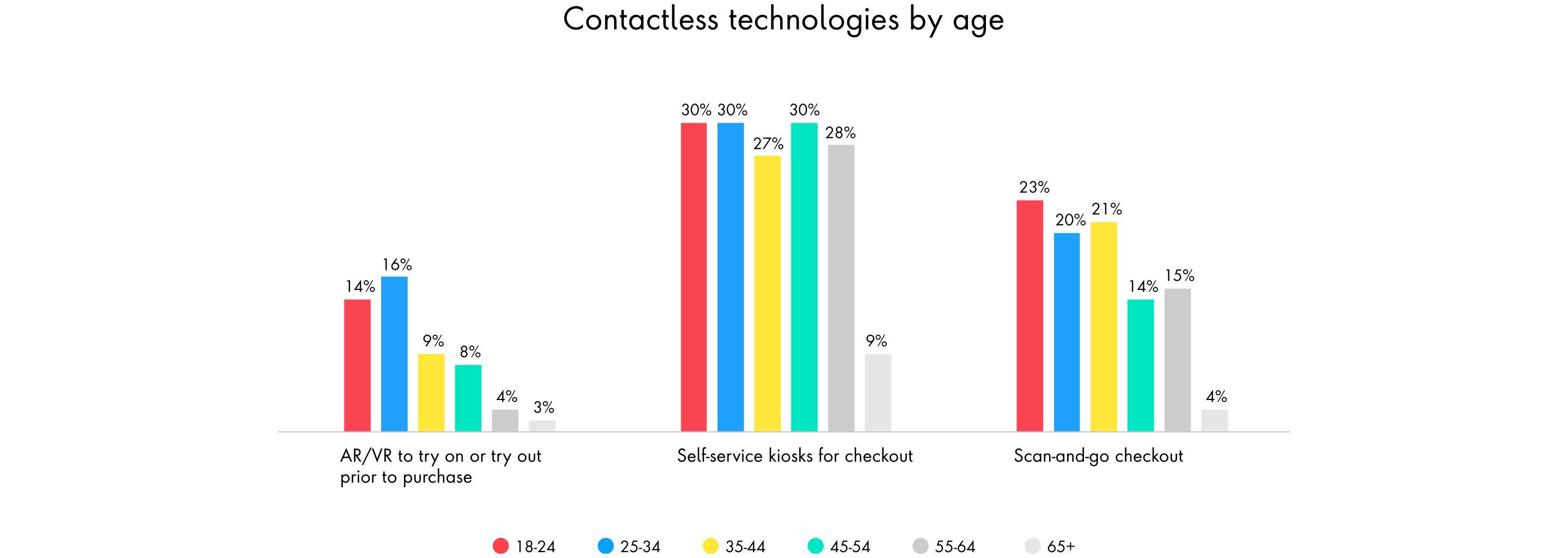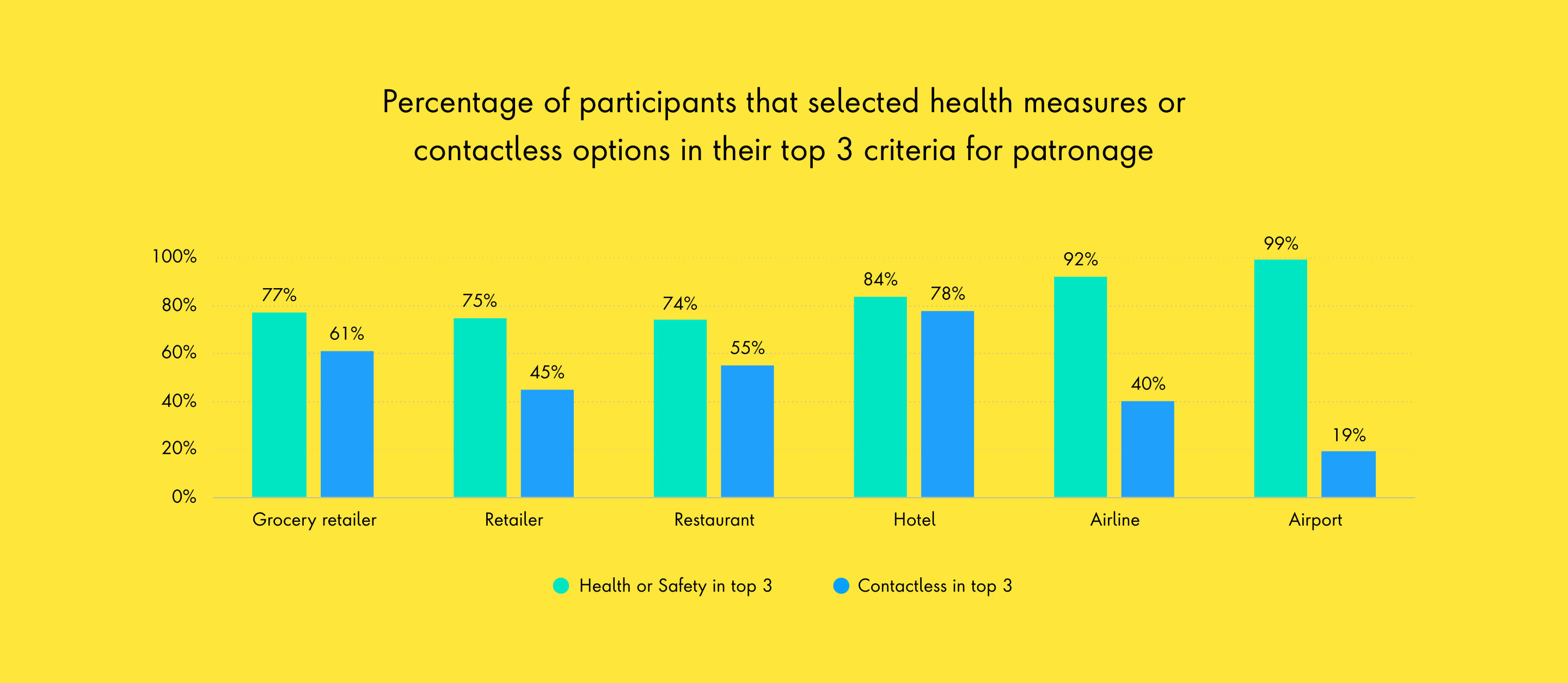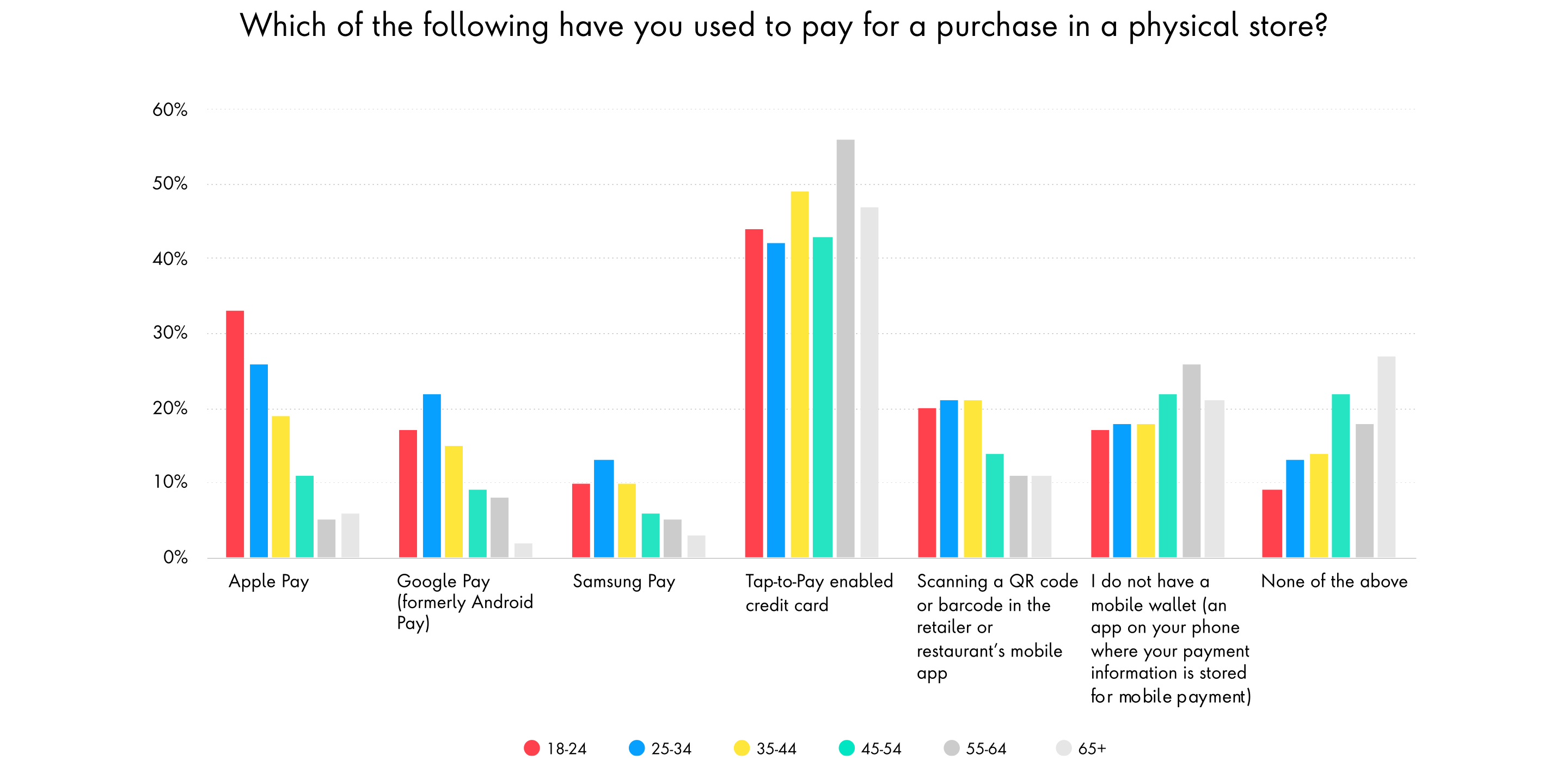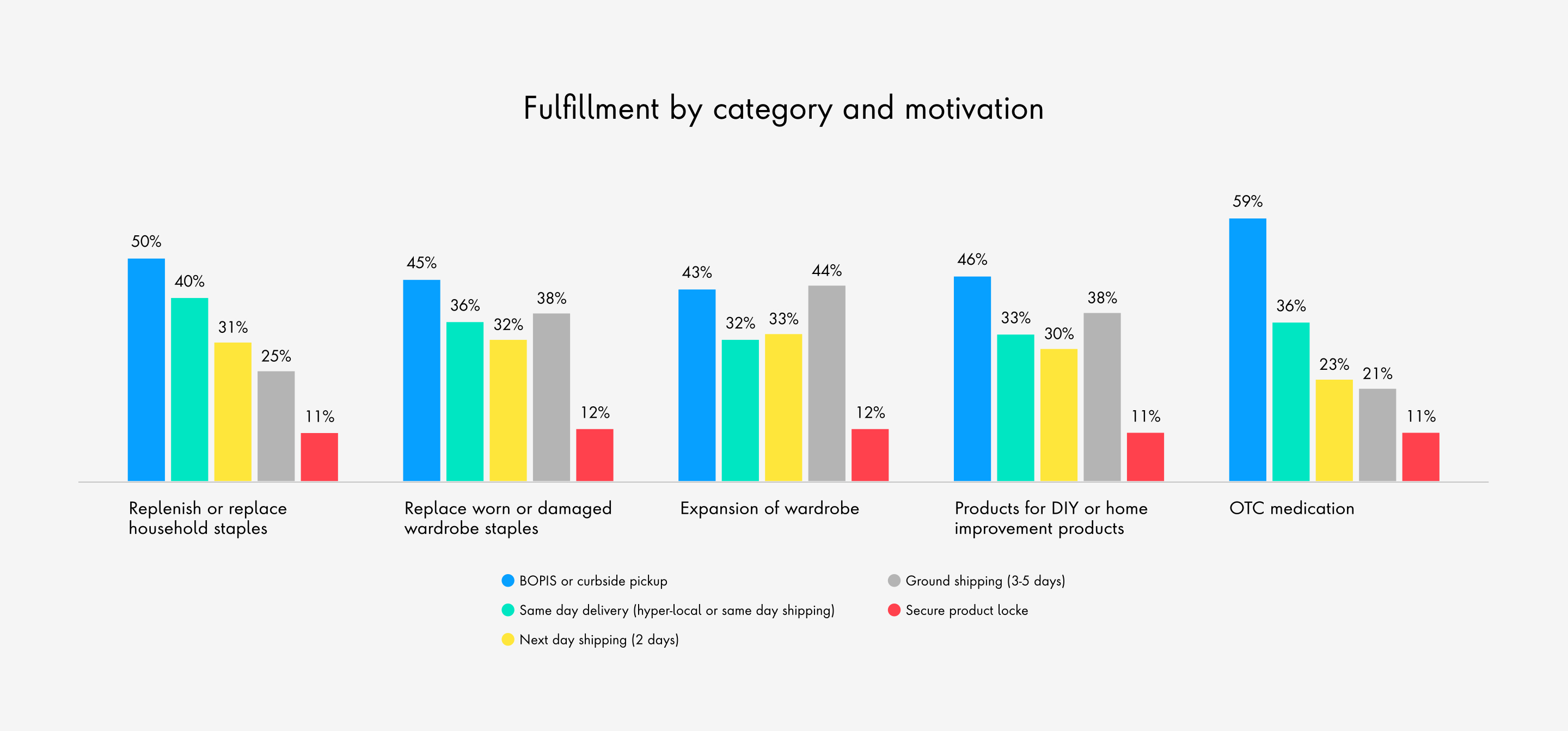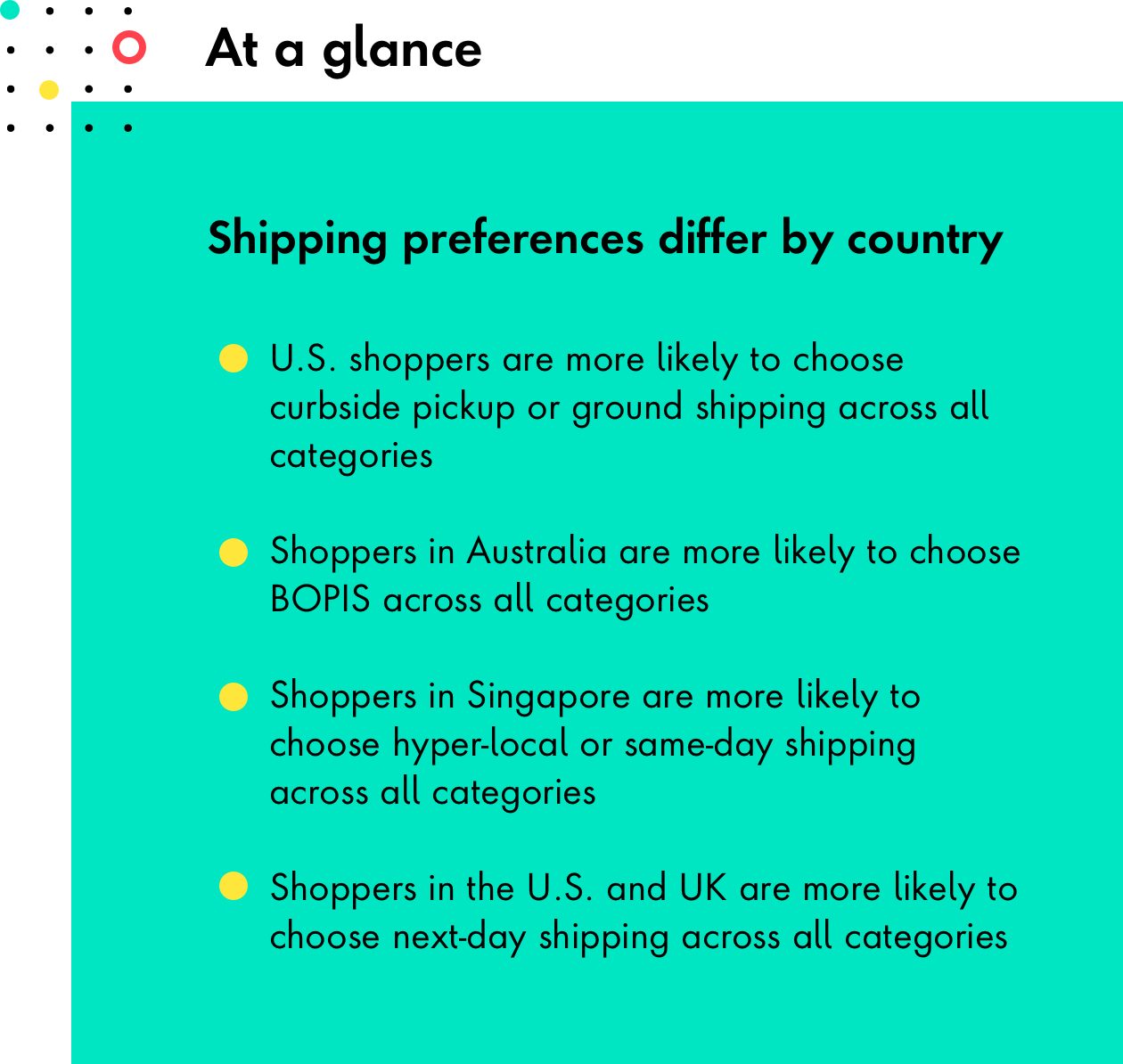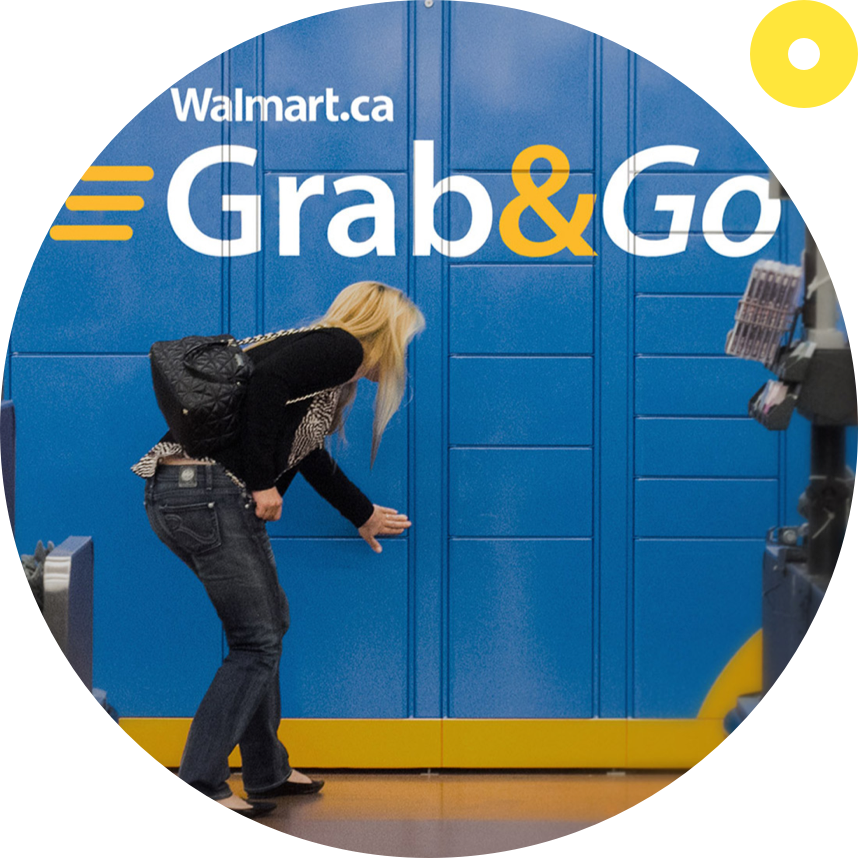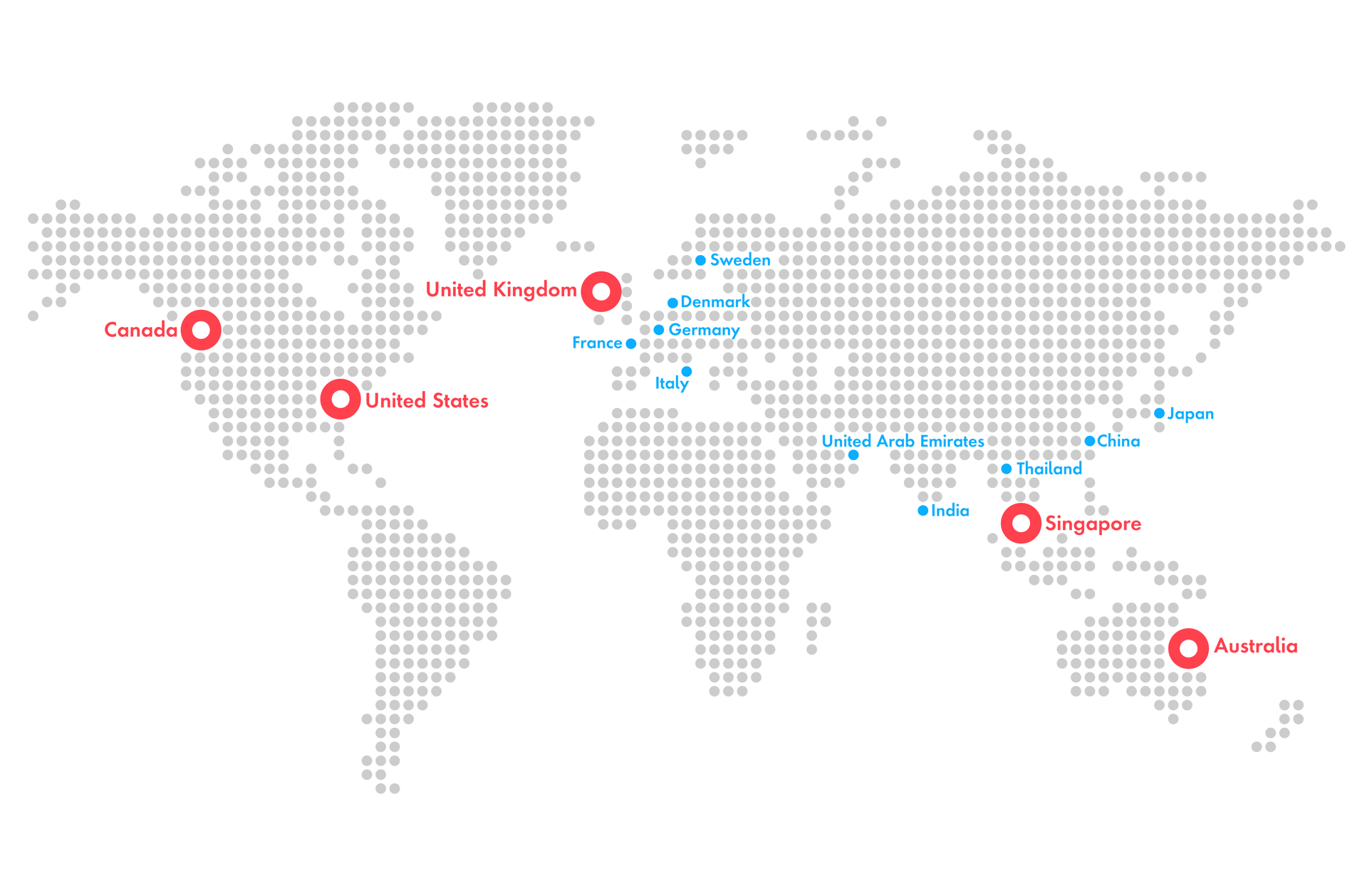Digital retail experiences are far from new for shoppers. E-commerce, mobile and social have played a steady role in the shopping experience – both online and offline – for years. But when a global pandemic disrupted the status quo, the relationship shoppers had with digital changed.
Online shopping became an essential resource during times of uncertainty. Now, as physical locations resume operation, shoppers will continue to expect digital services to play a role, with experiences designed for convenience, connection and safety. For brands, this “new normal” holds opportunity to deepen relationships with shoppers by understanding their wants and creating omnichannel experiences that cater to their needs.


